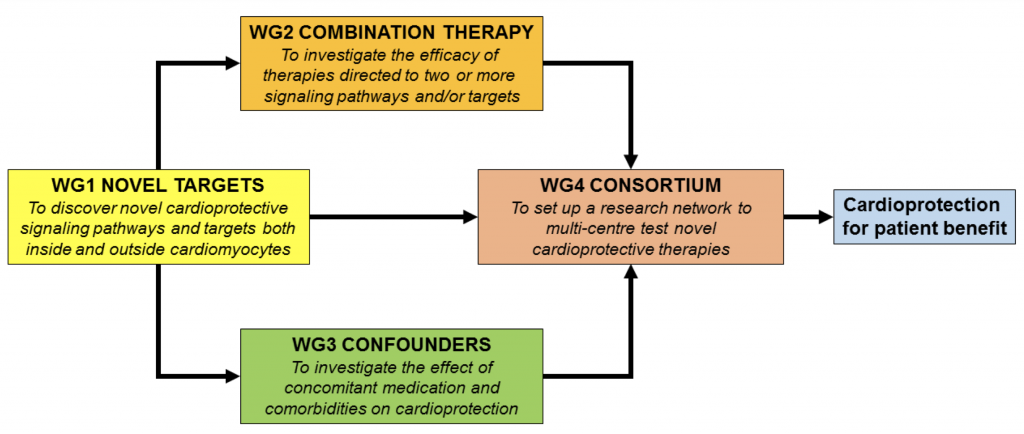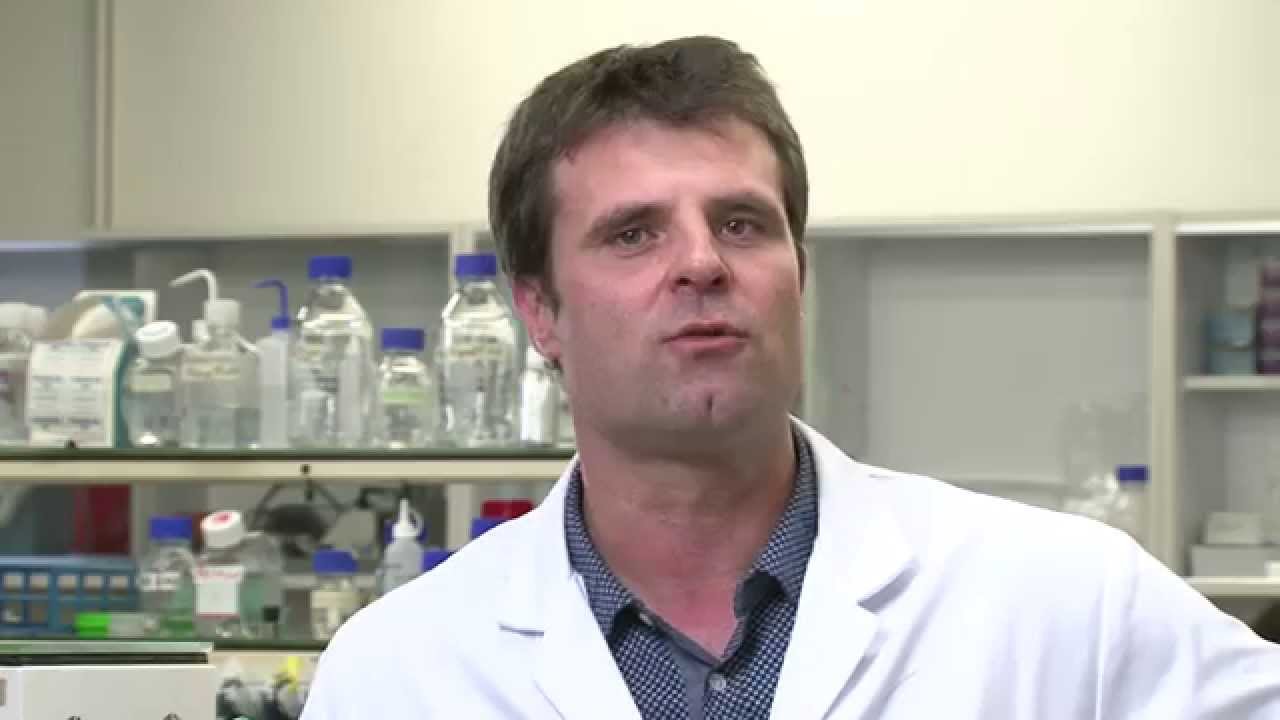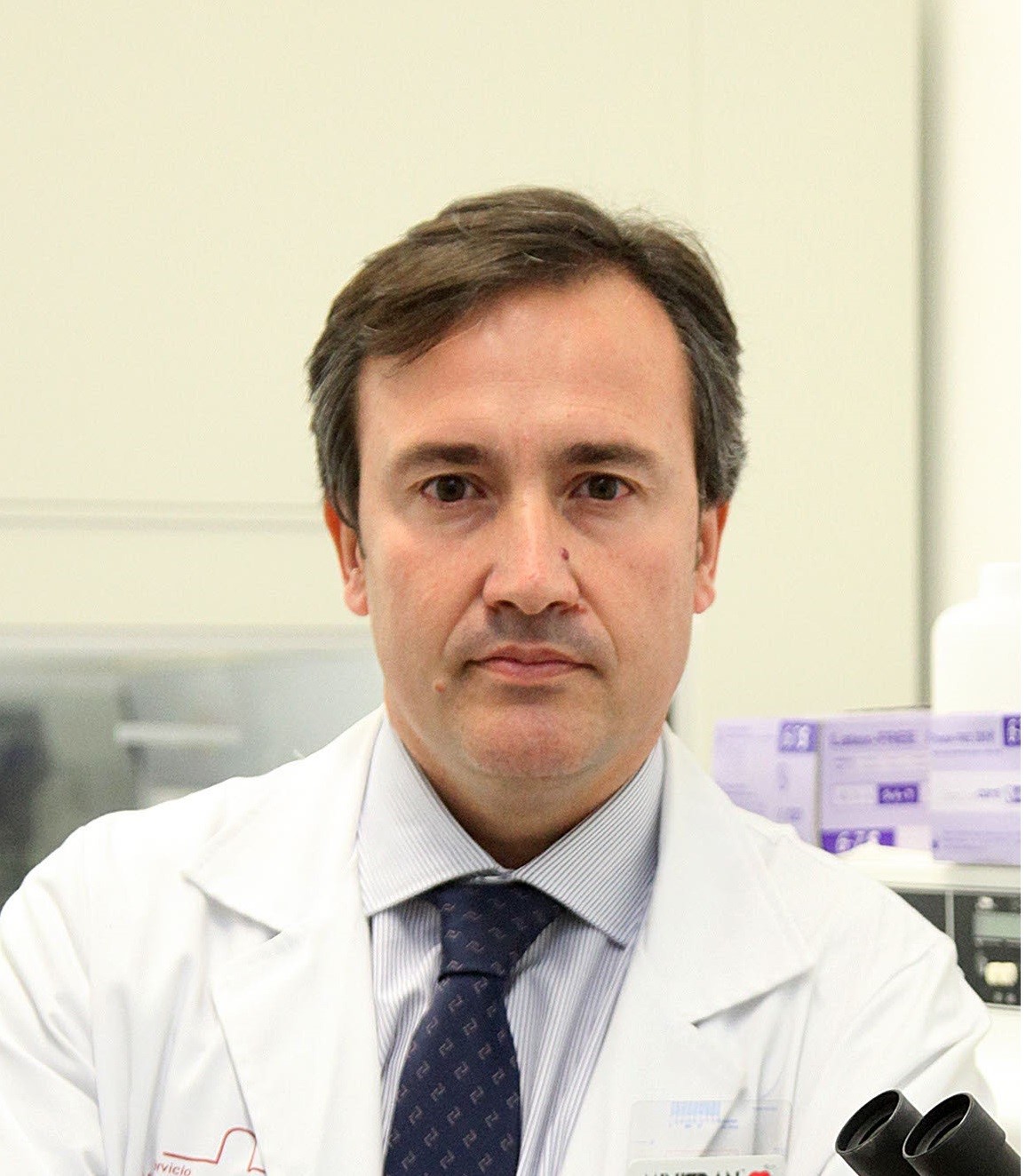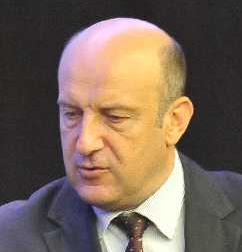COST-Action
COST-action is the longest-running European framework supporting trans-national cooperation among researchers, engineers and scholars across Europe.
It is a unique means for them to jointly develop their own ideas and new initiatives across all fields in science and technology, including social sciences and humanities, through pan-European networking of nationally funded research activities. Based on a European intergovernmental framework for cooperation in science and technology, COST has been contributing – since its creation in 1971 – to closing the gap between science, policy makers and society throughout Europe and beyond. As a precursor of advanced multidisciplinary research, COST plays a very important role in building a European Research Area (ERA).
It anticipates and complements the activities of the EU Framework Programmes, constituting a “bridge” towards the scientific communities of COST Inclusiveness Target Countries. It also increases the mobility of researchers across Europe and fosters the establishment of scientific excellence.
EU-CARDIOPROTECTION COST-Action (CA16225)
Acute myocardial infarction (AMI) and the heart failure that complicates it, are the leading causes of death and disability in Europe and worldwide. The most effective treatment for limiting myocardial infarct (MI) size and preventing heart failure following AMI, is timely myocardial reperfusion using primary percutaneous coronary intervention (PPCI). However, despite timely treatment, mortality and morbidity following AMI remain significant, with 7% death and 22% hospitalization for heart failure at one yeaR. Accordingly, new treatments are required to reduce MI size, in order to preserve left ventricular (LV) systolic function and prevent the development of post-MI heart failure – a treatment strategy termed ‘cardioprotection’. After myocardial reperfusion the most powerful intervention for reducing MI size in the experimental setting is by ‘ischemic conditioning’, an endogenous cardioprotective phenomenon in which brief episodes of ischemia and reperfusion applied to the heart or a remote organ/tissue can limit MI size. Intensive investigation of ischemic conditioning over the last 30 years, has identified a large number of signaling pathways and therapeutic targets for cardioprotection. However, despite this, there are currently no effective therapies for protecting the heart against acute ischemia/reperfusion injury (IRI) in clinical practice. A large number of cardioprotective therapies have been investigated in AMI patients treated with PPCI including a growing number of high profile clinical studies, but the vast majority of these have failed to show benefit in terms of reducing MI size and improving clinical outcomes.
The main challenge, therefore is to improve the translation of novel cardioprotective therapies shown to be effective in the pre-clinical setting into the clinical arena for patient benefit. This COST Action (termed EU-CARDIOPROTECTION) aims to address this challenge by setting up a Europe-wide network of research centers tasked with: (1) the discovery of new therapeutic targets and innovative strategies for cardioprotection; (2) testing the effects of combination therapy to target multiple signaling pathways both within and outside the cardiomyocyte; (3) investigating the effects of confounders (co-morbidities and co-medications) on cardioprotection; (4) multi-center pre-clinical and clinical testing of novel cardioprotective therapies.
- Relevance and timeliness
The reasons for the failure to translate novel cardioprotective therapies into the clinical setting are multiple and complex and have been reviewed in a number of recent papers. Here we focus on several of the most important factors and outline how this COST Action will address these issues.
Therapeutic targets for cardioprotection: The majority of experimental studies have focused on targeting well-established signaling pathways/targets many of which have not proven to be beneficial in the clinical setting. As such, novel therapeutic targets and strategies need to be discovered in order to improve the translation of cardioprotection into the clinical setting. In this COST Action (Objective 1 NEW TARGETS), we will utilize the joint knowledge and expertise of the European network members to discover novel signaling pathways and therapeutic targets within and outside the cardiomyocyte, and identify innovative strategies for cardioprotection.
Single targeted cardioprotective therapies: The majority of experimental studies have used a single-targeted approach, directed to a single signaling pathway/target restricted to the cardiomyocyte. However, there exist a number of different cardioprotective pathways underlying ischemic conditioning. Furthermore, the detrimental effects of acute IRI on the heart are complex, and involve a number of players outside of the cardiomyocyte such as the microvasculature, inflammatory cells, red blood cells and platelets. As such, in this COST Action (Objective 2 COMBINATION THERAPY), we will utilize the joint expertise of different European network members to investigate combination therapy directed to multiple cardioprotective pathways and targets both within and outside the cardiomyocyte as an innovative treatment strategy for cardioprotection.
Experimental models with low translational value: The majority of experimental studies have used healthy juvenile animal MI models, which do not adequately reflect the clinical setting given that most IHD patients are middle-aged, have co-morbidities (such as diabetes, hyperlipidemia, hypertension), and are on co-medications (such as anti-platelet therapies, statins and beta-blockers, ACE inhibitors, anesthetics). There are also obvious species differences in cardioprotective signaling between rodents, larger mammals and humans. These factors have been shown to confound the efficacy of cardioprotective therapies and need to be taken into consideration when evaluating novel cardioprotective therapies in the experimental and clinical setting. As such, in this COST Action (Objective 3 CONFOUNDERS), we will utilize the joint expertise of the European network members to investigate factors which confound cardioprotection in order to improve the translational value of the animal MI models.
Therapies with inconsistent cardioprotective efficacy: Many of the cardioprotective therapies which have failed in the clinical setting, did not show consistent and robust cardioprotection in the experimental setting. This can be attributed to methodological limitations of the pre-clinical studies including lack of randomization, non-blinded treatment allocation, non-blinded data analysis, lack of standardized animal models and IRI protocols, and the lack of rigor in statistical methods. Therefore, more rigorous testing of novel cardioprotective therapies in the experimental setting are required to ensure that only the most promising therapies are investigated in the clinical arena. As such in this COST Action proposal (Objective 4 CONSORTIUM), we will put in place a European Cardioprotection Consortium (ECC) for: (a) multi-center experimental testing of new cardioprotective therapies in clinically relevant small/large animal and human models of acute IRI; and (b) testing new cardioprotective therapies in proof-of-concept clinical studies in patients subjected to acute IRI including ST-segment elevation myocardial infarction (STEMI) and coronary artery bypass graft (CABG) patients.
The main objective of this COST Action will be to discover new therapeutic targets and innovative treatment strategies for cardioprotection, and improve the pre-clinical and clinical evaluation of these new cardioprotective therapies, so as to improve their translation for patient benefit. These aims will be divided into 4 inter-related objectives each linked to a specific WG and led by an experienced partner, who will take responsibility for ensuring progress according to the overall schedule.
OBJECTIVE 1 (WG NEW TARGETS)
To discover and disseminate new therapeutic targets and innovative strategies for cardioprotection. The European network members will jointly investigate novel signaling pathways underlying ischemic conditioning in order to discover novel therapeutic targets and strategies for cardioprotection which can then be shared amongst research network members and industrial partners. The specific research objectives will be:
To use innovative strategies such as multi-omics (transcriptomics, epigenetics, proteomics and metabolomics) and innovative in silico network biology evaluation in the setting of ischemic conditioning to identify new therapeutic targets for cardioprotection.
To optimize cardioprotective interventions directed to established therapeutic targets in order to improve their translation into the clinical setting.
To discover and disseminate novel therapeutic targets for cardioprotection directed to novel signaling pathways and targets both within the cardiomyocyte and outside the cardiomyocyte (microvasculature, inflammatory cells, red blood cells, and platelets).
OBJECTIVE 2 (COMBINATION THERAPY)
To test the effects of combination therapy to target multiple signaling pathways within and outside the cardiomyocyte (microvasculature, inflammatory cells, red blood cells, and platelets), identified in Objective 1 (NEW TARGETS), as being more effective to a single-target strategy.
OBJECTIVE 3 (WG CONFOUNDERS)
To improve the pre-clinical evaluation of novel cardioprotective therapies identified in the experimental setting by investigating the effect of confounding factors such as co-morbidities (age, diabetes, hypertension, hyperlipidemia) and co-medications (anti-platelet agents, statins, beta-blockers, anesthetics) on their cardioprotective efficacy. Importantly, the mechanisms through which these confounding factors interfere with cardioprotection elicited by ischemic conditioning are not clear and will also be investigated in this objective, as this will provide mechanistic insights into cardioprotection. The specific research objectives will be:
To investigate the efficacy of novel cardioprotective therapies, directed to new therapeutic targets identified in Objective 1 (NEW TARGETS) in the presence of co-morbidities using diabetic, aged, hypertensive and hypercholesterolemia animal MI models, and in the presence of co-medications such as anti-platelet agents, statins, anesthetics.
To investigate the mechanisms through which these confounders impact on the efficacy of these novel cardioprotective therapies, directed to new therapeutic targets identified in Objective 1 (NEW TARGETS)
OBJECTIVE 4 (WG CONSORTIUM)
To improve the pre-clinical and clinical evaluation of novel cardioprotective therapies by setting up a multicenter network of research centers capable of undertaking pre-clinical and clinical cardioprotection studies (termed the European Cardioprotection Consortium or ECC). The ECC will allow multi-site testing of novel cardioprotective therapies in clinically relevant experimental small and large animal models and is part modelled on the National Institute of Health-sponsored CAESAR collaborative network (Consortium for Preclinical Assessment of Cardioprotective Therapies) in the United States. The ECC will improve upon the NIH CAESAR collaborative network by: (a) building on the infrastructure and knowledge obtained from the other 3 objectives, in identifying novel cardioprotective targets and innovative strategies; (b) using human research models such as human iPSCs and human volunteers studies (eg. forearm unilateral ischemic exercise models); and (c) undertaking proof-of-concept clinical studies in STEMI and CABG patients.
Summary of Objectives: EU-CARDIOPROTECTION COST Action (CA16225)
OBJECTIVE 1 (WG NEW TARGETS) To discover and disseminate new therapeutic targets and innovative strategies for cardioprotection. The European network members will jointly investigate novel signaling pathways underlying ischemic conditioning in order to discover novel therapeutic targets and strategies for cardioprotection which can then be shared amongst research network members and industrial partners.
OBJECTIVE 2 (WG COMBINATION THERAPY) To test the effects of combination therapy to target multiple signaling pathways within and outside the cardiomyocyte (microvasculature, inflammatory cells, red blood cells, and platelets), identified in Objective 1 (WG NEW TARGETS), as being more effective than a single-target strategy.
OBJECTIVE 3 (WG CONFOUNDERS) To improve the pre-clinical evaluation of novel cardioprotective therapies identified in the experimental setting by investigating the effect of confounding factors such as co-morbidities (age, diabetes, hypertension, hyperlipidemia) and co-medications (anti-platelet agents, statins, beta-blockers, anesthetics) on their cardioprotective efficacy. Importantly, the mechanisms through which these confounding factors interfere with cardioprotection elicited by ischemic conditioning are not clear and will also be investigated in this objective, as this will provide mechanistic insights into cardioprotection.
OBJECTIVE 4 (WG CONSORTIUM) To improve the pre-clinical and clinical evaluation of novel cardioprotective therapies by setting up a multicenter network of research centers capable of undertaking pre-clinical and clinical cardioprotection studies (termed the European Cardioprotection Consortium or ECC).

















